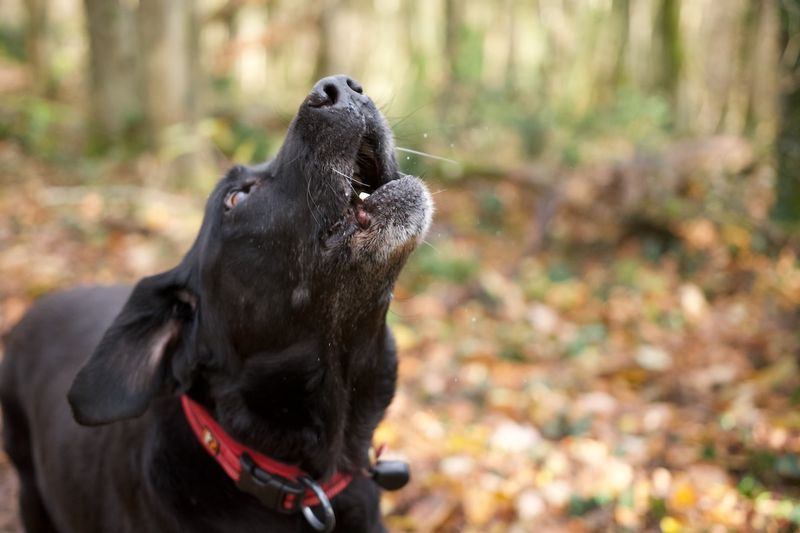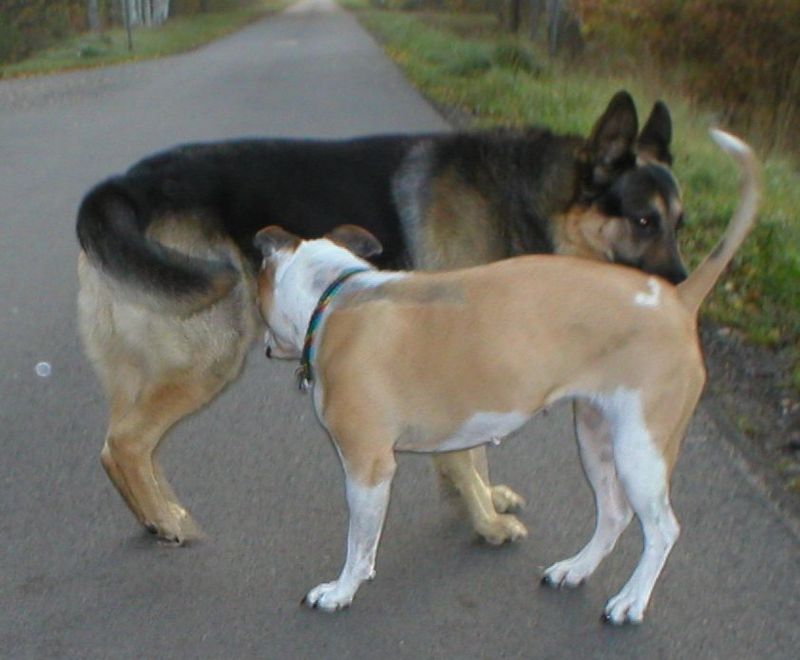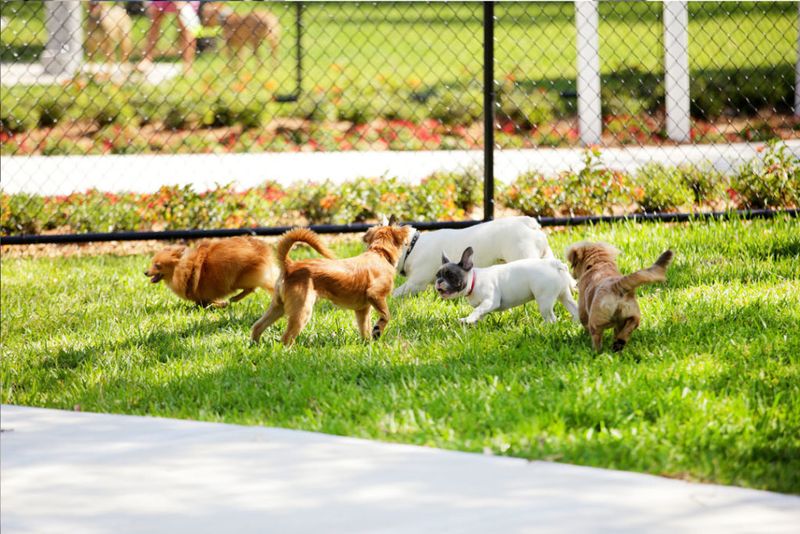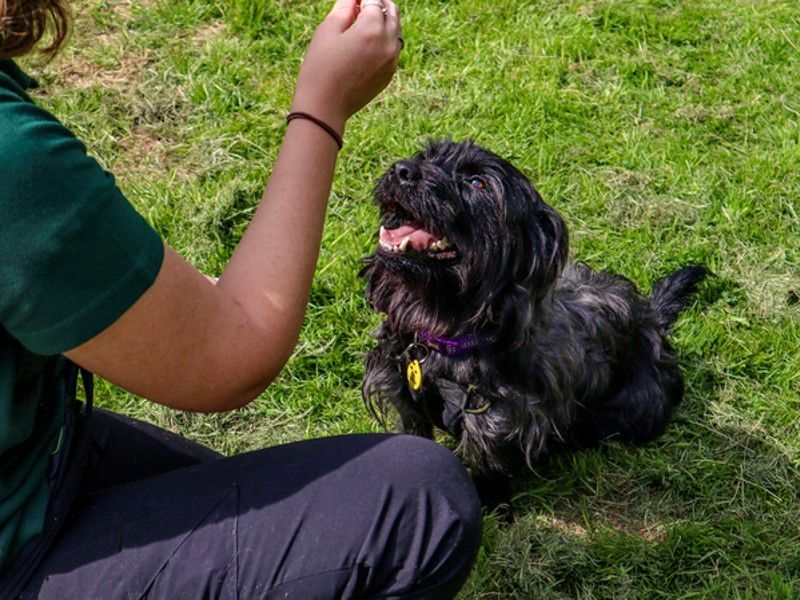Dogs don’t just see the world—they feel it in ways that would blow your mind.
What if I told you your furry friend’s nose is a super-powered mystery machine?
And that tail wag? It’s not just happy—it’s a secret language of emotions.
Dogs experience colors, smells, sounds, and even time differently than humans. They navigate life through a wild cocktail of senses we only glimpse.
Get ready to unlock the hidden side of your best buddy—facts so surprising, you’ll never look at your dog the same way again.
This isn’t just about pets; it’s about an entirely different way of being alive.
So buckle up, because the world through a dog’s eyes is stranger, deeper, and way more fascinating than you ever imagined.
Super Sniffers

Have you ever wondered how dogs seem to know so much about their surroundings? With up to 300 million scent receptors, dogs possess a sense of smell far more powerful than humans. This extraordinary ability allows them to detect subtle changes in their environment.
Imagine being able to pick up on the individual ingredients in a stew just by sniffing it! Dogs can even sense emotions, such as fear or happiness, through their olfactory superpowers. Their noses are not only for sniffing out food but also for exploring the world around them.
Hearing Beyond Our Range

Dogs can hear sounds at frequencies as high as 65,000 Hz, compared to humans who max out at 20,000 Hz. This remarkable range allows them to pick up on sounds that are completely inaudible to us.
From a whistle from a distant field to the hum of a far-off airplane, dogs can detect sounds that we might not even notice. This heightened sense of hearing is one reason why dogs are so adept at alerting humans to potential danger. Their ears are finely tuned instruments, picking up the rhythms of the natural world.
Color Vision

While it was once believed that dogs see only in black and white, recent studies have shown they do perceive colors, although not as vividly as humans. Dogs primarily see the world in shades of blue and yellow.
This limited color range is due to only having two types of color receptors, compared to the three types humans have. Despite this, their vision is perfectly adapted for their needs, allowing them to detect movement and navigate their surroundings efficiently. For dogs, the world is a symphony of scents and sounds, with colors playing a supporting role.
Whisker Navigation

You may notice a dog’s whiskers twitching as they explore their surroundings. These sensitive hairs are not just for show. They are highly specialized sensory tools that help dogs navigate their environment.
Whiskers detect minute changes in air currents, allowing dogs to sense nearby objects even in the dark. This sensitivity is crucial for activities like hunting and exploring tight spaces. Whiskers provide dogs with a tactile perception that complements their keen sense of smell and hearing. In many ways, whiskers paint a picture of the world for a dog.
The Power of Pheromones

Dogs communicate with each other through a complex language of pheromones. These chemical signals are released through their skin and glands, conveying information about identity, reproductive status, and mood.
When two dogs meet, they often sniff each other’s faces and bodies, gathering a wealth of information. This olfactory conversation helps them understand intentions and establish social bonds. Through pheromones, dogs experience a rich tapestry of social interactions, often invisible to human observers. This adds another layer to their complex and fascinating world of communication.
Unique Social Structure

Dogs are pack animals by nature, and their social structure is sophisticated and dynamic. Within a group, dogs establish a hierarchy that can shift based on various factors like age, experience, and personality.
This hierarchy is not fixed; it allows dogs to adapt to new situations and form alliances. Social interactions are crucial for a dog’s mental and emotional well-being. In a pack, dogs communicate through body language, vocalizations, and even subtle eye movements. Understanding their social cues can help us better relate to our canine companions.
Dogs’ Emotional Intelligence

Dogs have an uncanny ability to read human emotions, often providing comfort when it is needed most. Research suggests that dogs can mirror human feelings, responding to changes in facial expressions and tone of voice.
This emotional intelligence makes them excellent therapy animals and loyal companions. Dogs are attuned to their owners’ moods, offering companionship and support through both good times and bad. Their ability to sense and respond to emotions is part of what makes the human-dog bond so special and enduring.
Magnetic Field Sensitivity

Did you know that dogs are sensitive to Earth’s magnetic field? Some studies suggest that dogs have a preference for aligning their bodies with the north-south axis when relieving themselves.
This behavior hints at an innate ability to sense magnetic fields, a trait shared with several other animal species. The exact purpose of this sensitivity remains a mystery, but it may play a role in navigation and orientation. Regardless of the reason, it adds a layer of complexity to our understanding of how dogs perceive the world.
Memory and Learning

Dogs are capable of remarkable feats of memory and learning, often surprising their human companions with their intelligence. They can remember commands, recognize words, and even learn from past experiences.
Research has shown that dogs have a form of episodic memory, allowing them to recall specific events. This cognitive ability enables them to adapt to new situations and environments. Through positive reinforcement and social interaction, dogs continue to expand their understanding of the world around them. Their minds are always processing, learning, and evolving.
Dogs’ Internal Clocks

Dogs seem to have an innate ability to sense the passage of time, often waiting at the door just before their owner arrives home. This internal clock helps them anticipate routine events, like meal times or walks.
Although dogs do not perceive time in the same way humans do, they rely on environmental cues and habitual patterns to gauge time. This temporal awareness is part of what makes them such intuitive pets, as they can adapt their behavior to align with their owner’s schedule. Dogs truly live in harmony with the rhythm of life.
Taste Preferences

Dogs have taste buds similar to humans, but their sense of taste is less developed. They possess about 1,700 taste buds compared to the 9,000 that humans have. Despite this, dogs have distinct taste preferences and can be quite selective about their food.
They are drawn to sweet, salty, sour, and bitter flavors, with a particular fondness for meats and fats. Taste plays a role in their dietary choices, but it’s often guided by scent, which significantly influences their eating habits. The connection between taste and smell makes their culinary experience unique.
Dogs and Music

Have you ever seen a dog react to music? Dogs have been shown to respond to different genres, with classical music often having a calming effect. Some dogs even howl in response to certain tunes!
Music can influence a dog’s mood, helping them to relax or become more playful. Their reaction to music is individualized, with preferences that may vary widely. Whether it’s a soft lullaby or an upbeat tune, music can be a source of joy and comfort for dogs, enriching their auditory experience of the world.
Dogs’ Dream Worlds

Dogs dream just like humans do, often reenacting their daily activities in their sleep. You might notice your furry friend twitching or softly barking during a nap, signaling an active dream state.
These dreams are believed to process memories and emotions, similar to the way humans do. The patterns and rhythms of a dog’s dreams offer a glimpse into their inner world, revealing the joys and challenges they experience. Understanding that dogs dream can deepen our appreciation for their complex emotional lives.
The Sixth Sense

Dogs are often perceived as having a ‘sixth sense,’ an ability to perceive things beyond human detection. Many stories exist of dogs sensing natural disasters, impending seizures, or even detecting illnesses in humans.
While science has yet to explain this phenomenon fully, the bond between humans and dogs is enriched by this unique sensitivity. Whether it’s a heightened awareness or a mysterious intuition, dogs continue to amaze and inspire with their seemingly supernatural abilities. Their world is filled with nuances that are beyond our understanding.
Dogs and Body Language

Dogs communicate through a rich tapestry of body language, conveying feelings and intentions without uttering a sound. A wagging tail, perked ears, or a relaxed stance all provide insights into their mood and thoughts.
Understanding these cues allows us to build stronger connections with our canine companions. Just as we rely on words, dogs rely on posture, tail movements, and facial expressions to interact with their world. Observing these signals can deepen the bond we share with them, enriching our relationships.

